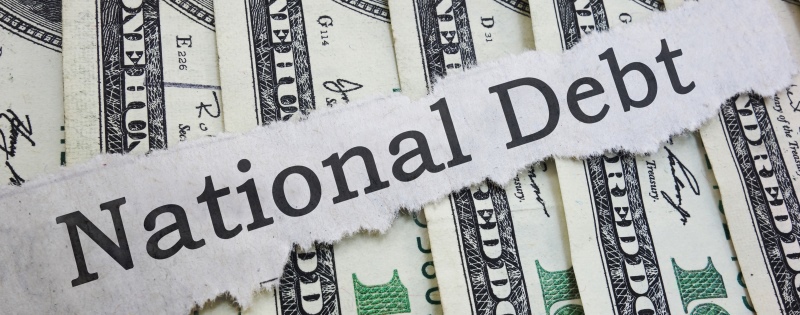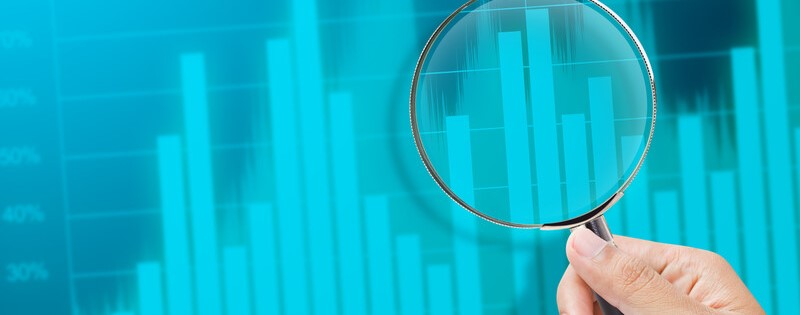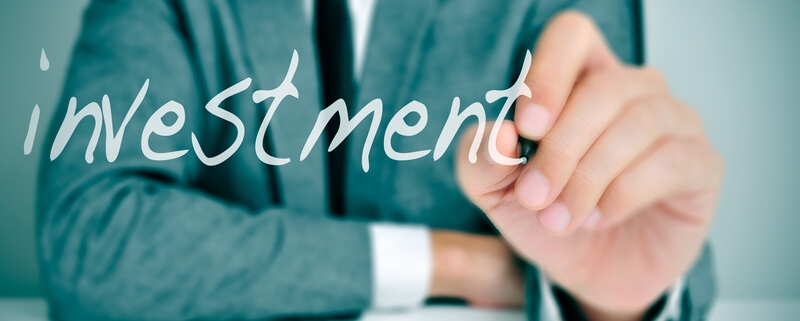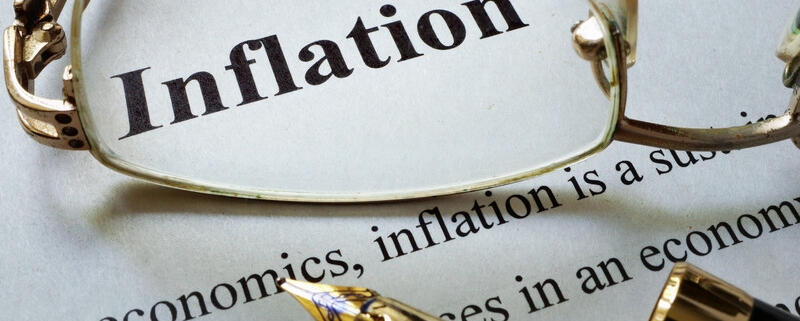There’s no denying that uncertain financial times lie ahead. A recent poll by Bloomberg cited that 70% of economists predict a mild recession in 2023, following moderate growth the previous year. The U.S. economy faces the headwinds of increasing interest rates, stubborn inflation, a stagnant job market, and weak market exports abroad.
Despite these troubling signs, however, those in commercial real estate enjoy a unique position. There’s far less leverage in the consumer and financial sectors than during the Great Financial Crisis, and plenty of liquidity remains ready and able to deploy in long-term vehicles. The overall uncertainty will lessen demand and potentially unearth value-add opportunities, and different asset types will experience different momentary signs of distress while others will experience boosted demand.
Overall, prices and demand are shifting, and the time may be nigh for those looking to invest in real estate, whether for the first time or for those who make their livelihood. These seven ideas to keep in mind will keep the investor prepared to face 2023 with awareness and agility, well-positioned to strike opportunities when the iron is hot.
1. Trouble Unearths Opportunity
In times of distress, opportunities usually arise. Assets or markets facing headwinds today may eventually develop into solid, long-term holding investments. Good real estate fundamentals (location, location, location) remain essential even in challenging economic cycles. Those who can shore up their capital nicely will be best prepared to take advantage of opportunities as they arise. If you’re in a position to take advantage of low prices in well-positioned asset types or markets, next year may be the time to invest and many great investors often say the outcome is won at acquisition.
2. Capital Costs will Likely Stabilize Soon
This last year, the Fed’s continual interest rate hikes increased overall cost of capital, making debt and equity much more expensive. These hikes resulted in lower leverage, higher debt service, and greater discount rates, which lowered net present values or created higher yield requirements. Additionally, fixed income yields increased and, when adding in the risk premiums associated with CRE, added to required property yields (or cap rates).
Number shifts like these aren’t so bad when they’re infrequent, but the Fed’s aggressive measures to curb inflation have made deal-making much more expensive. However, the latest increase to between 4.25 and 4.5% in mid-December points to a deceleration (the last increase was 75 basis points), a trend that will hopefully continue into 2023.
The cost of capital will likely stabilize as rate hikes taper off – encouraging stakeholders to start investing again. Additionally, a massive supply of capital seeking placement means plenty of liquidity. We’re still seeing demand continue to bid up deals to healthy values, particularly for good buys in good markets. Now’s the time to get your ducks in a row and prepare for quick action if you want to access good deals ahead of the competition.
3. Real Estate Buffers Against Stubborn Inflation
Real estate, as an inherently longer-hold investment vehicle, remains a haven that better buffers against stubborn inflation than other capital markets, thanks to its predictable cash flow. Lease terms that allow for underlying rent increases connected with rising costs or annual/regular rate increases in both long-term and short-term leases (e.g., in offices and multifamily) allow landlords to adapt more quickly to rising costs and keep up with inflationary changes.
Even though inflation is finally (hopefully) tapering, commercial property represents an excellent long-term option. But don’t forget: operational expenditure also inflates, so lease structures where tenant covers all or a portion of expenses can be important.
4. Now’s the Time to Lean on Your Broker
Partnership and expertise are more important than ever. Your broker is your partner in deal-making and serves as an essential business partner as you navigate changing valuations and asset performance. Brokers provide detailed in-market knowledge and economic cycle experience and make it their business to know what’s happening in the sector – so why go it alone?
In an uncertain market, now is the crucial time to partner with someone who can find you the best comps, source the best data, and find the best buyers for your listing or next investment option. Additionally, in times like these, brokers often are better at finding off-market opportunities, which can be acquired at opportunistic pricing if buyer can navigate unique circumstances.
5. Assess Tech Stacks and Optimize for the Best Tools
In a lean market, businesses need to cut overhead spending to focus on managing costs and optimizing the best possible tools and headcount for task efficiency. Running your business affordably is essential before venturing into the market. A lean, efficient tech stack can empower you to manage business operations while minimizing spending successfully. Prioritize technology that saves time, determine what’s essential and what’s fluff, and if you can find one software that solves multiple business needs, all the better.
6. Solidify Relationships with Capital Sources and Financial Partners
Now’s the time to foster closer relationships with your capital sources, lenders, and financing partners. It’s essential to maintain these connections – they will allow you to collectively stay more agile and make smarter, faster decisions as the economic climate changes.
Open communication with these parties will position you to act fast when the time is right, ready to strike on value-add opportunities as soon as they emerge.
7. Back to Basics: Understand Your Brick-and-Mortar
This may seem like a no-brainer, but it’s even more essential to understand your tenants’ day-to-day realities. Get to know their business operations, keep a pulse on market happenings, and maintain a steady flow of communication with your operators.
A clear understanding of the present and fundamentals of your tenants’ businesses will open your eyes to potential changes and allow you to make strategic moves or adapt as needed. Additionally, clear communication is more likely to set your tenants at ease and make them more likely to renegotiate and continue their leases with you.
The Bottom Line
We’re long-term bullish on commercial real estate. With open eyes and an agile, ready-to-act team, we’re confident that the savvy investor will discover valuable ROI diamonds in the rough. These tenets are, at their core, essential elements of well-run commercial real estate operations, even in prosperous economic times. However, in turbulence, it’s all the more important to stick to your investment principles and – as always – consider the long-term while resisting short-term distractions.
Source: Global Banking & Finance Review










